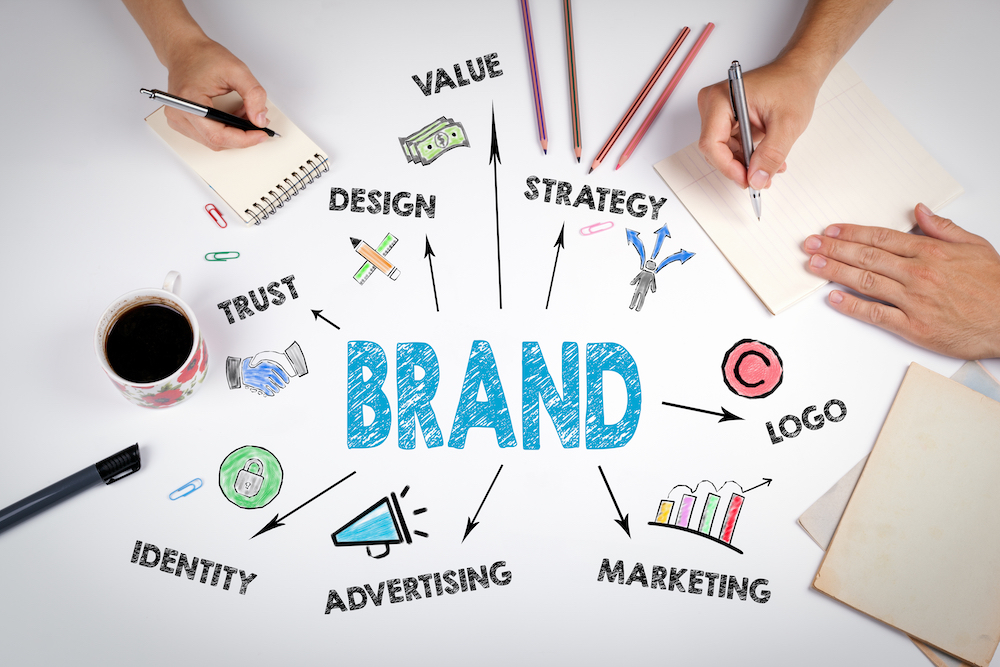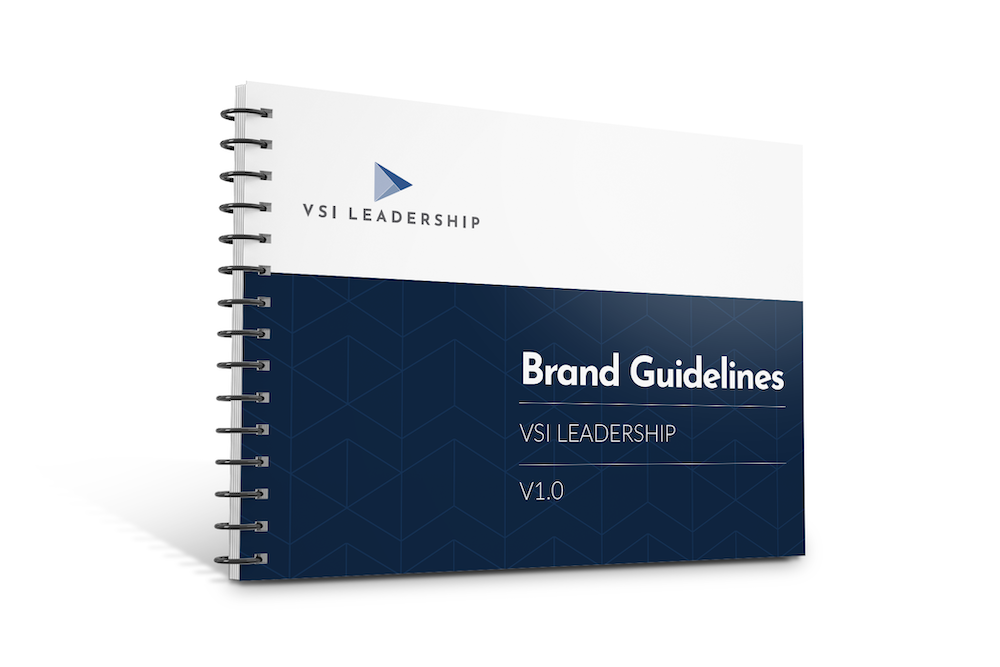Brand Guidelines: A Tool for Stronger Brand Recognition
Looking ahead to 2023, as business owners, it’s time to identify actionable goals. From a marketing standpoint, what is going to point you in the right direction for success? Developing brand guidelines or a brand book is a tool that can give you the direction needed and refuel your purpose as you move forward this year to grow stronger brand recognition.
What is a Brand
A brand is how a company, organization, or individual is perceived by those who experience it. The brand is how you feel the moment you connect with an organization. It’s about a long-term relationship, not a single transaction. The values behind the brand are what drives all organizational decisions and actions. It’s the brand that builds trust.
Why Brand Guidelines are Important
Intentionality and clarity are vital to branding, which is why brand guidelines are critical for growing your brand recognition. An organization with a clear brand is more effective at connecting with its audience. It includes detailed instructions and guidelines on applying the brand when creating and producing marketing consistently and effectively to reach the target audience across all channels.
To do this, it is important to provide standards that will provide cohesiveness and focused expectations for all team members or contractors in every instance of your communication. And having these concepts in a book that leaders can refer to is essential.
Part 1: Brand Platform
Brand building is more than just having a modern logo, coordinated colors, and specific typography. Brand building starts at the core with your organization’s brand platform, including its position, purpose, and culture. Brand guidelines communicate these elements.
Position. Brainstorm what you want your marketing position to be. In other words, determine what you want your brand to be known for along with the consumer’s perception of your brand. There is an image represented by every brand. Determine what you want your image to be.
Purpose. Think about your purpose and your story. Writing it down for your entire team to know helps your team catch the vision. Then you must understand how your purpose affects your audiences. You likely have multiple audiences – who are they, and what are their characteristics? It’s essential to understand your audience or customer persona to build relationships so that you can put yourself in their shoes.
Culture. One of the things that makes all organizations unique is the culture. Culture is the beliefs and behaviors that determine how we interact with each other. Businesses should promote these values because it is a huge opportunity to influence your organization’s behaviors and influence the community that you’re within. Your staff and team can express cultural values throughout the interactions and communications at every level of your organization.
By identifying position, purpose, and culture (values), you can develop your brand platform, which serves as the rudder guiding your marketing strategy and decisions.
 Part 2: Visual Identity
Part 2: Visual Identity
Once you’ve established your brand platform, you can develop the visual identity with core elements that make your brand instantly recognizable. The visual identity is the logo, colors, and typography that determine your organization’s look and feel. It is essential to the integrity of the brand to have clear visual guidelines and expectations. Remember, especially if you are a startup, build the brand guidelines first and then your website and supporting marketing collateral. If you are an established business and don’t have brand guidelines, this is a great tool to refocus and reshape your brand.
Move Your Brand Forward in 2023
Brand guidelines can serve as your “North Star” as you move your organization forward. So, in 2023, take a step toward healthy and sustainable brand building that can serve your organization for years to come. Here’s to actionable goals and stronger brand recognition in 2023!




